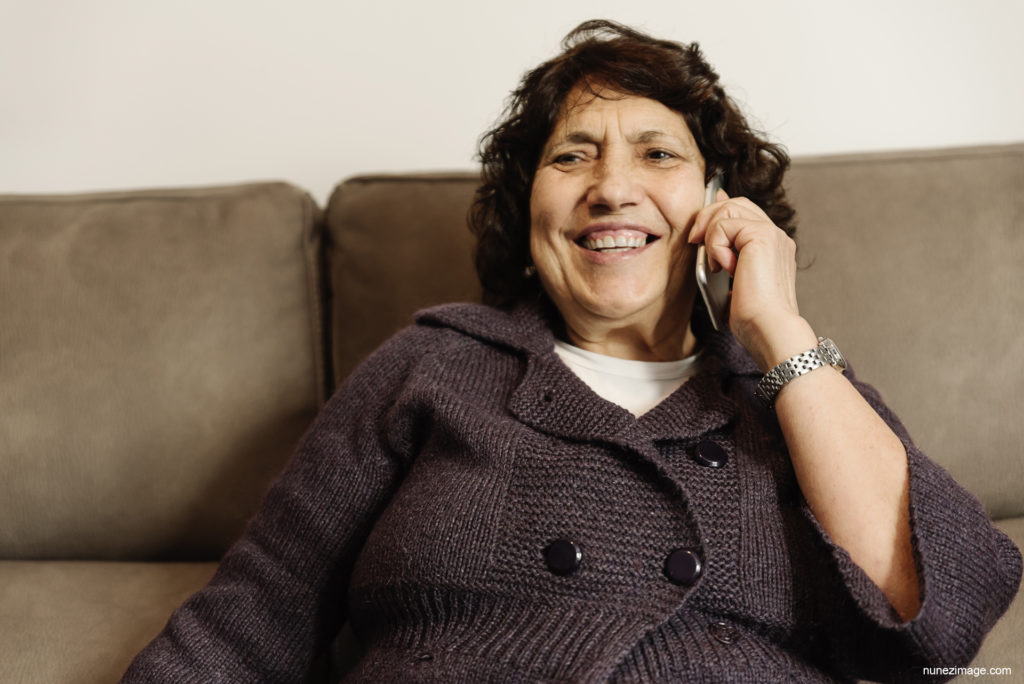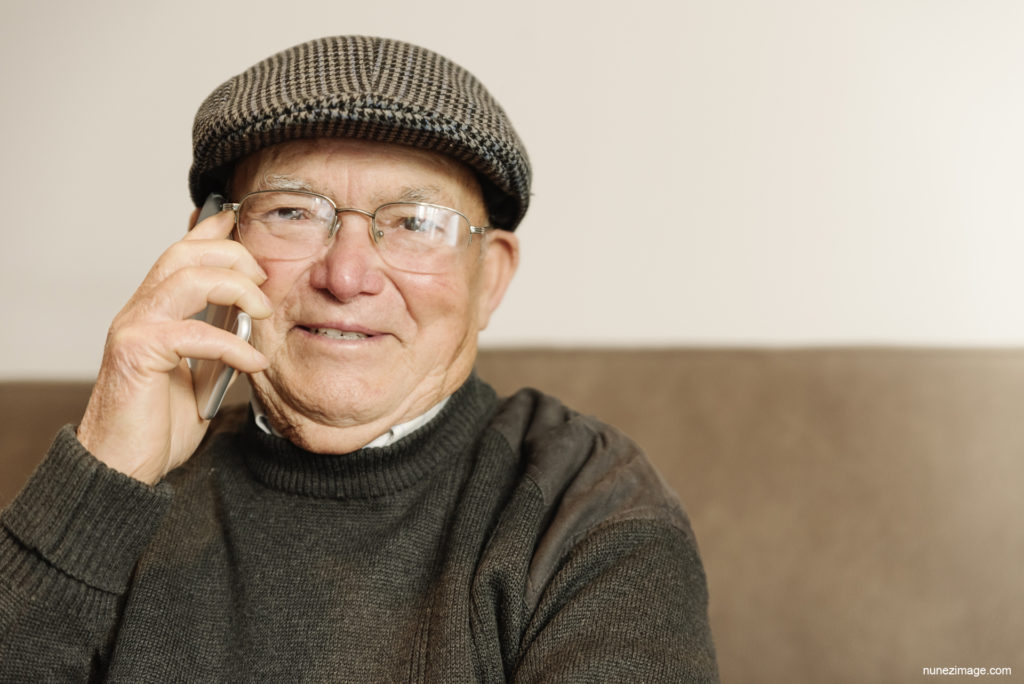The 2011 Cohort is part of a nationally representative sample of the Spanish noninstitutionalized adult population. Potential respondents were selected by a stratified, multistage, clustered area probability design, without replacement, according to the Spanish regions and population size. A total of 4753 individuals were initially interviewed at wave 1: 962 aged 18 -49 years; 3312 aged 50 -79 years; and 479 aged 80+ years. Individuals aged 50+ and 80+ years old were oversampled, as they were the principal target of the study. Response rate at baseline was 69.9%. With a similar design, between 2019 and 2021 3.002 non-institutionalized adults living in the provinces of Barcelona and the Autonomous Community of Madrid, divided in two strata: 18-49 years and 50+ years.
The survey protocol was translated from English to Spanish following the WHO translation guidelines for assessment tools (WHO, 2014). Professional interviewers were trained to do the survey prior to its administration. Strategies were implemented to ensure quality in data collection (Üstun et al, 2005).
Face-to-face home-based interviews were administered via Computer Assisted Personal Interviews (CAPI), thus allowing automatizing data collection during the interview.
References
Üstun TB, Chatterji S, Mechbal A, Murray CJL, WHS collaborating groups (2005) Chapter X: Quality assurance in surveys: standards, guidelines and procedures. In: United Nations, editor. Household Sample Surveys in Developing and Transition Countries. New York: United Nations Publications. p. 199–230.
World Health Organization (2014) WHO | Process of translation and adaptation of instruments. WHO website. https://www.who.int/substance_abuse/research_tools/translation/en/.






